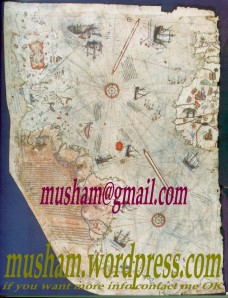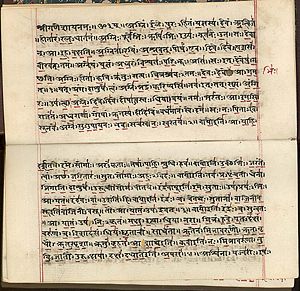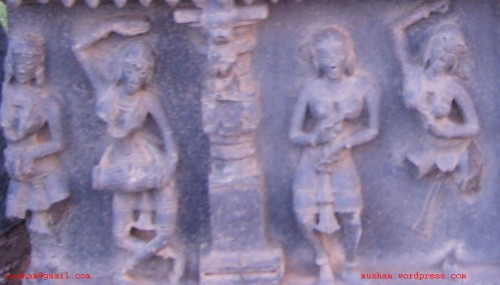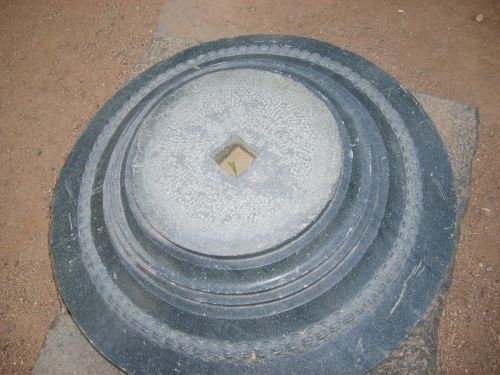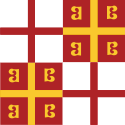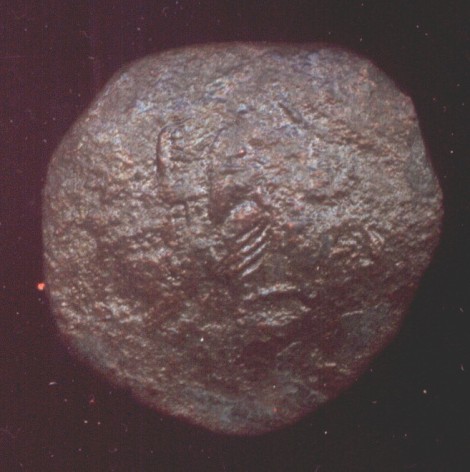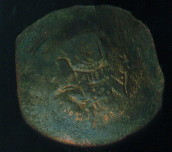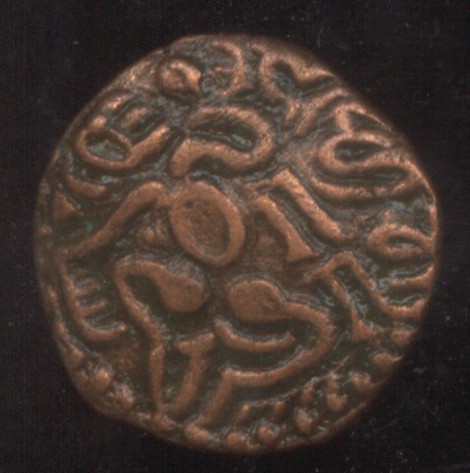VARGAL SARASVATI TEMPLE

Vargal Temple of SARASWATI DEVI AND LORD SHANI 48 KMS FROM HYDERABAD AP INDIA
48 kilometers from Hyderabad the village of Vergal.
Vergal has famous Sri Vidya Saraswathi temple which is situated or the pictorial background in which has a unique rock formation and a valley around this hill.
Here one temple was dedicated to lord Shani seperately with a big statue measuring around 3 feet in high which is one of the biggest statue of the lord sheni in Andhra Pradesh. The hillock of Vergal has multiple temples on the same hill.
1. Sri Lakshmi Ganapathi Temple
2. Sri Vidya Saraswati temple
3. Lord Shenishwara Temple
4. Lord Shiva Temple
5. Few Vishnava Temples now completely damaged without any mola vigrahas in it.
This temple complex was a brain child of Sri Yamavaram Chandrashekhara Sharma scholared follower of goddesses Saraswathi astrologer and a vastu experter. Being a business man he has multi faceted activities to his credit.
In 1998 the building process for the above temple was activated under the group who called themselves as Satya patam seva samethi. This committee has started searching for a convenient place to built a temple. Ultimately they selected the hillock of Vergal were 400 years old Shambu Deva Temple was situated. This temple is 2 feet below the ground level and one has to pass crawling of the ground for few feets to reach the main Shiva lingam. Sorrounding this temple were two ancient Vaishnaya Temples which were built during or before the Kakatiya rulers. There is a big Victory Pillar made of rock which is around 30 feet in height. The Vicotry Pillar has the statues of SitaRama Lakshmana, Goddesses Lakshmi and entwined couple of snakes.
On Vasantha Panchami of 1989 the Bhoomi pooja was performed and the foundation stone was laid for the temple of Sri Saraswathi Devi.
It should be noted on this day they had only Rs. 2700 only.When they started propagating about the process of building Saraswathi Temple of donations poured in as a flood. In this way the construction process continued without any hindrance with the help of Lord Saraswathi.
On 1992 Magashudda Trayodashi Pushpagiri petadipate Sri Sri Sri Vidya Nrusinha Bharati Swamy has laid the foundation to the statues of Goddesses Sri Vidya Saraswathi Devi and Lord Sheni statues in a temple. This temple was later dedicated to Kanchi Petam and a Vedic Patashala was started in 1999 by Sri Shankara Vijaya Saraswathi of Kanchi Petam and Lakshmi Ganapathi was inaugarated in 2001.
The Expenditure crossed 1 crore of the rupees for building this temple. The temple has 13 and half acres of land on the east side were a park, library, hospital were planned in their future expansion. Every day 100 of people were given free food to come to visit the temple at a big dining hall in the temple complex.
During Dussehra period 1000's of devotees visit the temple every day.
The Dussehra temple starts with Vigneshwara Pooja.
Maha Abishekam
Navaratri Kalasha Sthapana
Chathu Sha shatyu pachara pooja, Arathi, Mantha Pushpam, Kukumarchana were performed.
Laksha pooja Archana
Pustaka Roopini Saraswathi Pooja
Ashtothara Shathakalasha Abishekam
On the last day of Vijayadarshanam of the goddesses Saraswati is decorated for devotees.
Pooja for Lord Sheni
Special pooja will be performed on every Sheni Trayodashi which comes on the saturday.
The poojas for Lord Shani were start on 5 A.m. in the morning which start with Ganapathi pooja and Japam, Homam will be performed with Tarpana to Lord Sheni. The Lord Sheni will be worshipped with oil called as Taila Abishekam. The Homam for Lord Sheni will be ended at 12:00 noon with Poornahuthi, Arathi etc.,This is a very big event for this temple which attract 1000's of devotees from all over A.P and other places of India.
Some special poojas were performed at Vargal Saraswathi temple were Chandi Homam which is a special event here. for more details contact musham@gmail.com
website: courtesy http://indianbanknotes.blogspot.com/
Musham Rekha and Musham Damodhar
Musham Adarsh, youngest stamp collector and map reader in the World.










